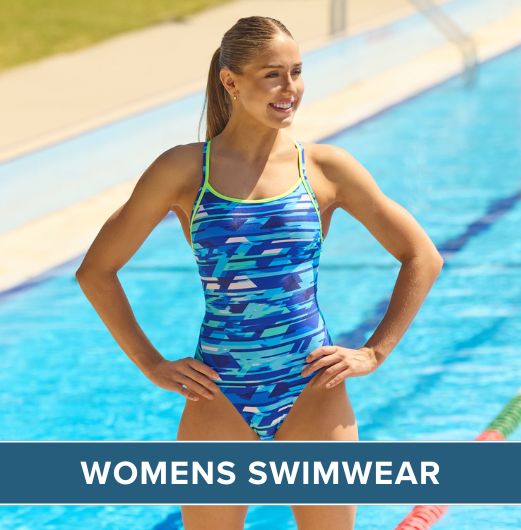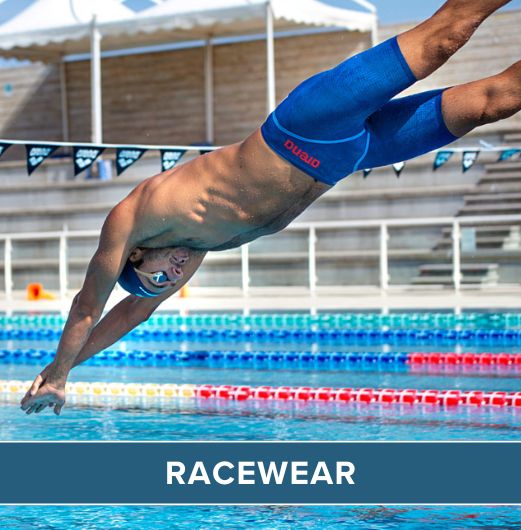How To Develop Your Swim Stroke
In the latest blog post of our adult 'Learn to Swim' series we are going to show you how to develop your swim stroke. This involves the techniques of how you use and position your arms and hands in the water to improve your swimming. There is a transcript of the full video if you prefer to work through it step by step in a written format.
We're going to break the arms down and focus on catch first and then move on to the recovery phase. When learning to swim front crawl arms what we first need to do is develop a feeling for the water and we're going to do this through developing our sculling skills. When sculling what you're going to do is place your hands straight out in front of you on the water and start to move them back and fourth in very very small movements.
What you want to make sure you're doing is applying pressure and feeling the pressure of the water all the time on the palms of your hands. As you feel confident doing this in a stood up position, you want to then take it onto floating using the same action but generating forward movement.
After you've worked on your skull we're then going to move onto doggy paddle, now doggy paddle may seem like a extremely childish thing to be doing in the water, but it's very effective in regards to helping you learn your front crawl arms. So all you're going to do now that we've developed a really good feel for the water is reach our arms forward, catch on the water, push the water back to our feet and then change over arms and continuously repeat. Try and do this as slow and controlled as you possibly can as this well help you develop your stroke in a strong and confident way.
Now that we've learnt the doggy paddle, which is simply the underwater phase of our stroke, we're going to move onto our recovery. With swimming there is no set way of doing things, as everybody is an individual within the water but what you need to do is make sure your arm is recovering out of the water, that your hand is lying below your elbow during the recovery and that you're moving in a straight line. Try not to swing your arms too much as this will lead to you throwing your stroke off balance during the swim.
 Free Tracked UK Delivery
Free Tracked UK Delivery Hassle Free Returns
Hassle Free Returns Next Working Day OPTION
Next Working Day OPTION Found It Cheaper?
Found It Cheaper?














